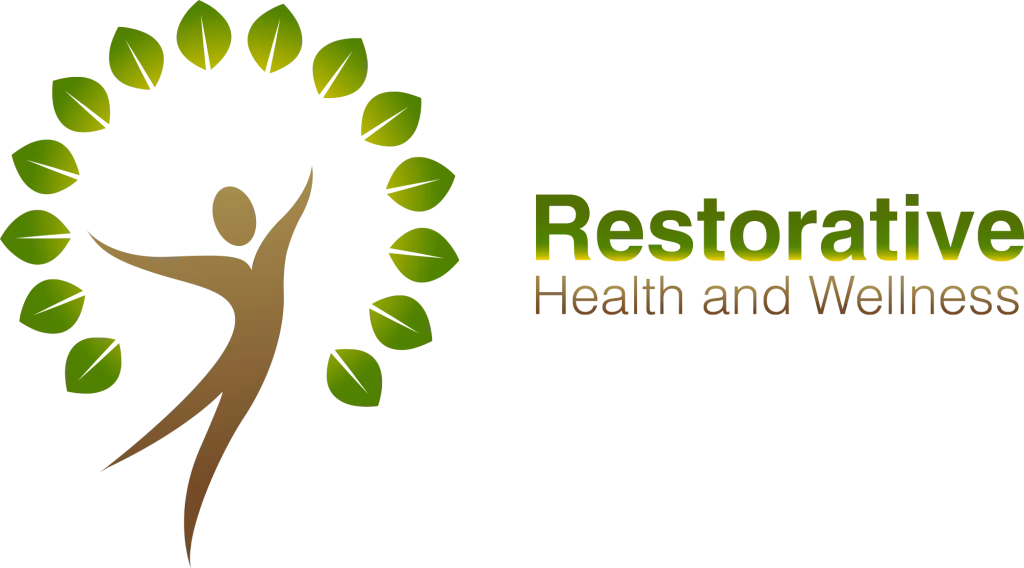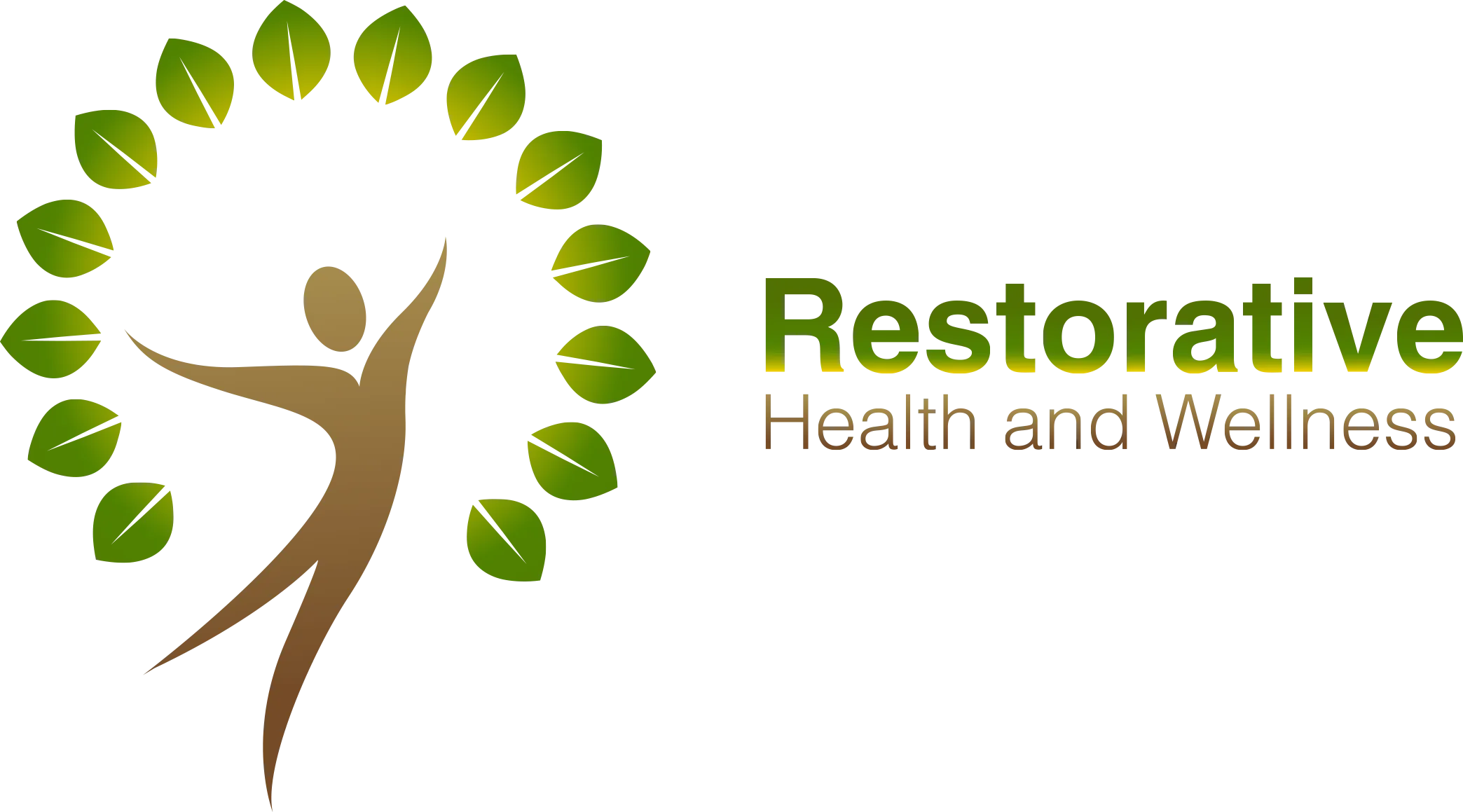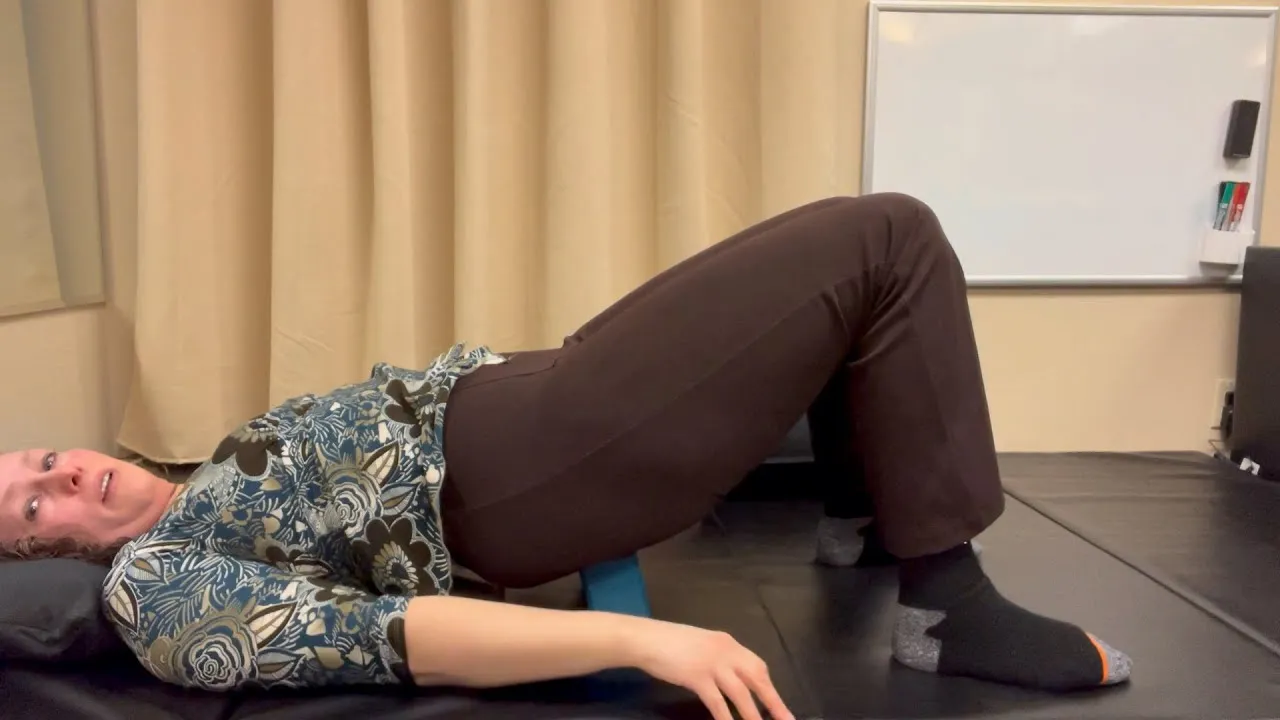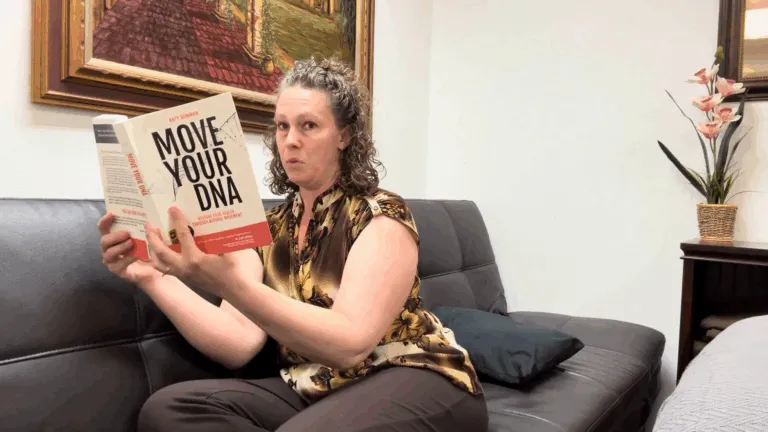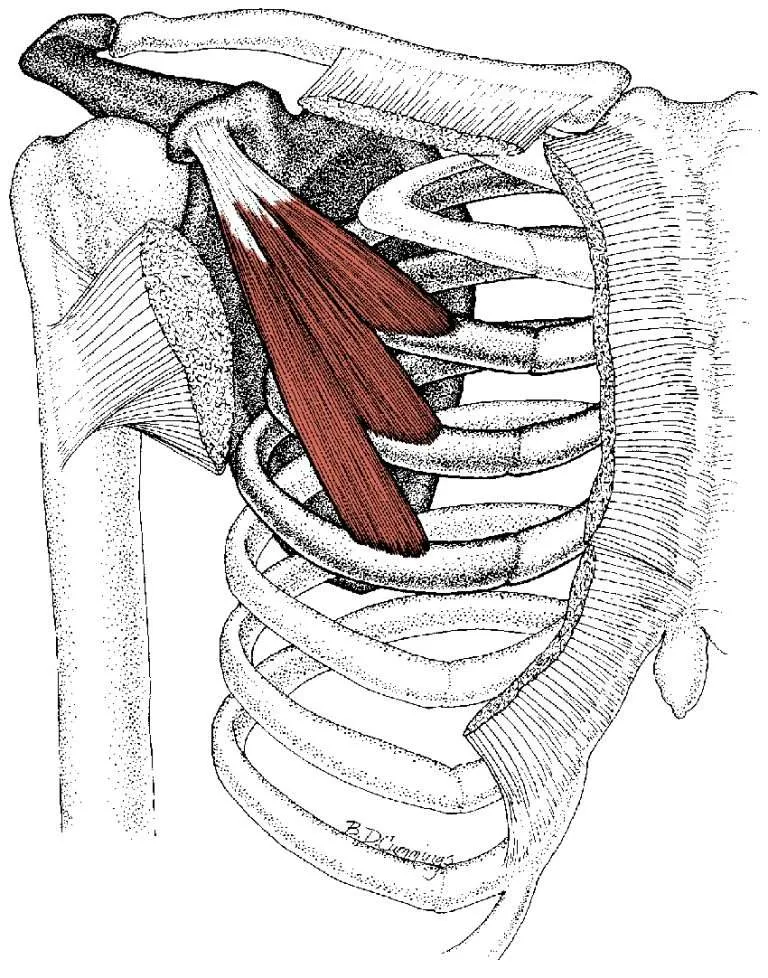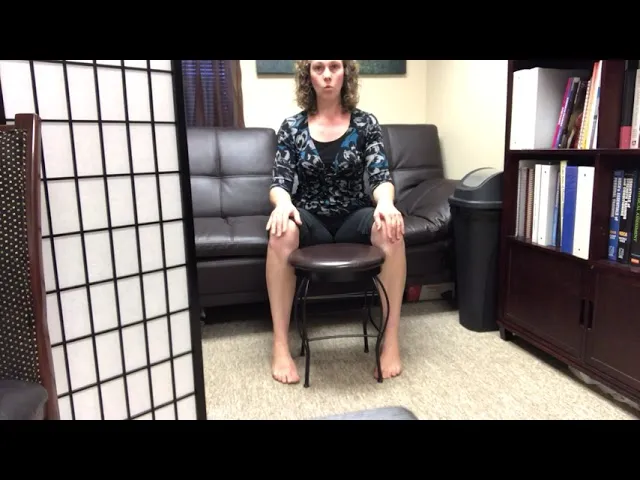Unlocking Hip Flexibility: A Guide to Releasing the Iliacus
As someone who has spent hours at a desk, I know first-hand the discomfort that comes with tight hip flexors. I’ll never forget the day I realized that sitting was causing more than just temporary stiffness; it was affecting my entire body. Today, I want to share with you some transformative techniques to release the iliacus muscle and regain comfort in your movement.
Understanding the Iliacus Muscle: Function and Importance
As a neuromuscular massage therapist, I often find that many people are unaware of the iliacus muscle and its crucial role in hip movement. This muscle, located deep within the pelvis, helps lift the leg and plays a significant part in our overall mobility. However, it can become tight due to various factors, particularly prolonged sitting, which is a common issue in our modern lifestyles.
According to Katy Bowman, “The hip flexors are often the silent culprits in our discomfort, especially with modern sedentary lifestyles.” This statement resonates with many of my clients who experience discomfort stemming from tight hip flexors. Understanding the differences between the iliacus and other hip flexors, like the psoas, is essential. While they both contribute to hip flexion, the iliacus is more involved in stabilizing the pelvis.
When the iliacus becomes tight, it can significantly affect our posture and overall mobility. Tight hip flexors can lead to an anterior pelvic tilt, which may result in lower back pain and discomfort. Therefore, maintaining relaxed hip flexors is vital for optimal movement and posture.
Practical Techniques for Releasing the Iliacus
To effectively release the iliacus, creating a conducive environment for relaxation is essential. Begin by gathering some supportive items like bolsters, pillows, or yoga blocks. Lay down and place the bolster under your hips, ensuring it sits at the bottom of your sacrum. This position will elevate your hips and create space, allowing gravity to assist in releasing tension.
Here’s a simple restorative hip flexor exercise to follow:
Lie down on your back with your knees bent.
Place the bolster under your hips, at the lower sacrum area.
Stay in this position for 3 to 20 minutes, allowing your body to gradually relax.
While in this position, focus on your breath and allow yourself to relax. You may notice sensations of stretching or a gentle release as the muscle begins to loosen. It’s essential to interpret these sensations as your body responding to the relaxation technique.
The Science Behind Muscle Release and Relaxation
Understanding how muscle tension affects the body is crucial. When muscles are tight, they can restrict movement and lead to discomfort. The physiological process of releasing tight muscles involves not only stretching but also allowing the body to relax into gravity. This is where the role of fascia comes into play; it surrounds and supports muscles, and tightness in the fascia can also contribute to discomfort.
Many people believe that flexibility is solely about how far you can stretch. However, it’s essential to recognize the benefits of muscle lengthening and how it contributes to overall mobility and health. By understanding these principles, we can better appreciate the importance of consistent stretching and muscle release.
The Importance of Consistency and Patience in Your Routine
When it comes to muscle release, setting realistic expectations is crucial. Progress may take time, and individual differences in muscle tightness recovery can vary widely. Regular practice is essential; as Katy Bowman wisely states, “The results come not from one stretch, but from repeated practice over time.”
Incorporating flexibility work into your daily life can be as simple as tracking your progress and dedicating specific time for muscle health. Long-term muscle health requires consistent effort, so be patient with yourself as you embark on this journey.
Integrating Movement into a Sedentary Lifestyle
For those of us with sedentary jobs, integrating movement into our daily routine is vital. Here are some practical tips:
Set a timer to remind yourself to get up every hour.
Incorporate simple stretches at your desk.
Take walking breaks to improve circulation and hip mobility.
Re-evaluate your workspace to create opportunities for movement.
Conclusion: Embrace the Journey to Better Hip Health
In conclusion, reflecting on the effectiveness of these techniques can lead to a better understanding of your body. Prioritizing hip health is not just about immediate relief but also about the long-term benefits of flexible hip flexors. It’s essential to reassess your relationship with sitting and invest in self-care and body awareness.
As you explore future practices, remember that the journey to better hip health is ongoing. Embrace the process, and your body will thank you!
TL;DR: Release tight hip flexors caused by sitting and embrace better flexibility with restorative techniques for the iliacus muscle.
